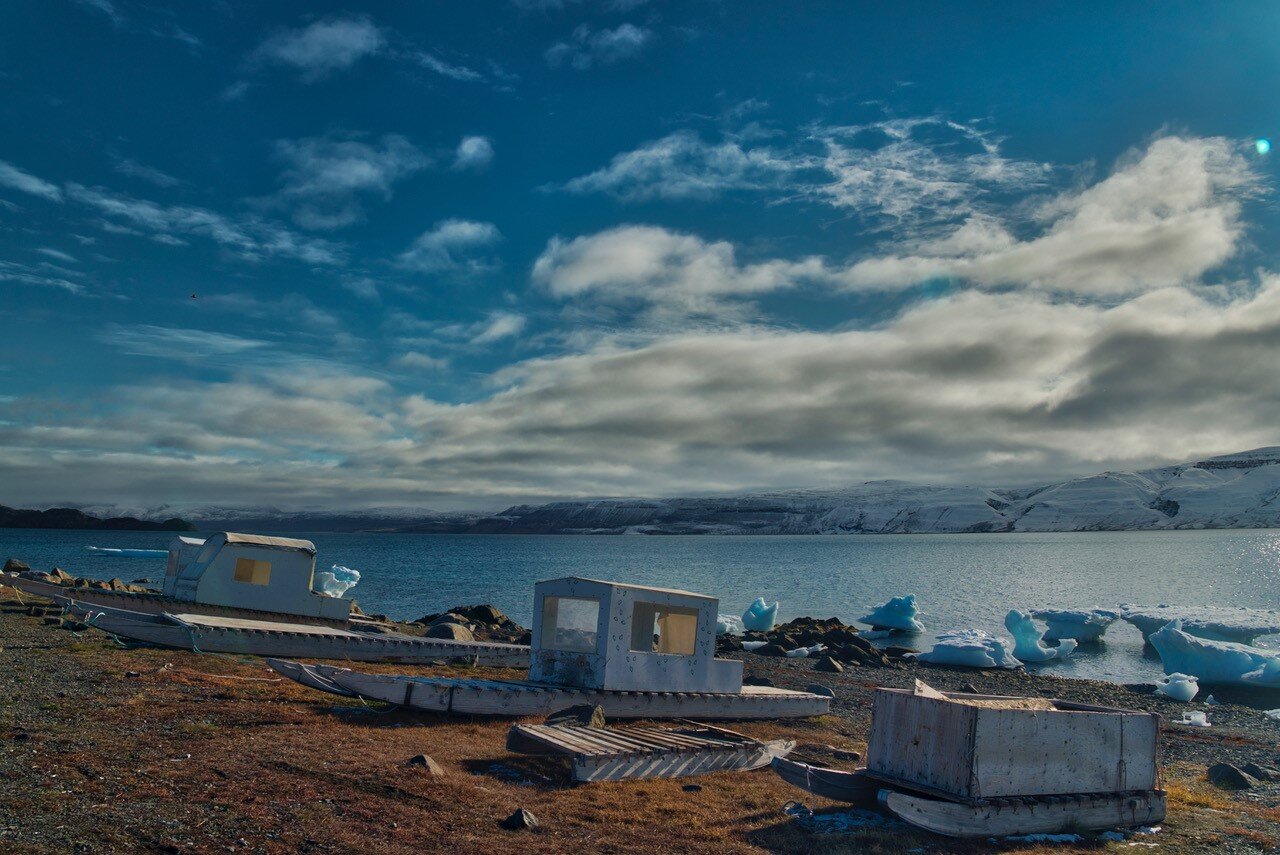New Report Spotlights Indigenous Community-Led Efforts to Safeguard Nature
Qikiqtani Inuit Association—an organization committed to protecting and promoting Inuit rights across Canada’s Qikiqtani (or Baffin) Region—helped secure protection for two critical marine areas in the High Arctic: Tallurutiup Imanga National Marine Conservation Area and interim protections for Tuvaijuittuq Marine Protected Area. Photo credit: Qikiqtani Inuit Association.
The Wyss Campaign for Nature released a new report this morning spotlighting the critical leadership indigenous and local communities are providing to safeguard the planet’s vulnerable lands, oceans, and wildlife. The report documents the unique perspective of four community leaders who are immersed in successful, indigenous- and community-led conservation projects in four different countries.
“We are grateful to each of these leaders for their remarkable work protecting areas that are important to their communities, and for being willing to share their experiences,” writes Molly McUsic, President of the Wyss Foundation, in an introduction to the report. “Their perspectives offer valuable insights into how the global community can, in partnership with indigenous peoples and local communities, accelerate the pace of nature conservation around the world, and succeed in protecting at least 30 percent of the planet by 2030.”
The new report is a first of its kind showcase of place-based indigenous and local conservation success stories across the planet, including successful efforts to protect culturally and ecologically significant areas in the Canadian arctic, southwest Australia, northern and coastal Kenya, and northern Montana. The leaders discuss in personal terms their commitment to conservation and the strategies that have worked best for their communities:
“The opportunity of conserving wildlife and benefiting the indigenous communities of northern Kenya exists now. We have secured 42,000 km2 to date. We can go to 100,000 km2, if we wish, if we take bold action and make transformational investments before the doors close.” – Tom Lalampaa, Chief Executive Officer, Northern Rangelands Trust (Kenya)
“We can be leaders in actively demonstrating how First Nation people have been the best custodians of this land and can be again and share in two-way learning while managing country again.” – Ian Woods, Chairperson, Nari Nari Tribal Council (New South Wales, Australia)
“Inuit have always protected these waters, icescapes and wildlife. We are the stewards of the High Arctic.” – P.J. Akeeagok, President, Qikiqtani Inuit Association (Nunavut Territory, Canada)
“As long as our homeland is threatened, I will stand alongside my Blackfeet Nation and conservation friends, working together for the ecological and spiritual integrity of our home, and on behalf of the generations yet to come.” – Kendall Edmo, Deputy Tribal Historic Preservation Officer for Conservation, Tribal Historic Preservation Office (Blackfeet Traditional Territory, Montana, United States)
The new report comes at a time when scientists are calling for policy-makers to rapidly accelerate the pace at which nations are protecting the world’s lands, freshwater resources, and oceans. As the COVID-19 pandemic continues, with devastating impacts to people and the economy, the catastrophic global crisis is laying bare what happens when the intricate links between nature, human health, and the economy break down.
Governments, civil society, and scientists have coalesced around the need to protect at least 30 percent of the planet’s lands and oceans by 2030 en route to safeguarding half the Earth. Experts have warned that failure to act not only puts more than a million plants and animals at risk of extinction – many within just decades – but also jeopardizes the planet’s natural support systems that provide life-sustaining services that support communities and economies across the globe, including fresh drinking water, clean air, food supplies, and protection from animal-borne illness.
Indigenous peoples and local communities, in particular, are playing a critical leadership role in developing strategies for conserving lands, waters, and wildlife. Globally, indigenous communities – who make up approximately five percent of the world’s total population – manage or hold tenure over lands that contain 80 percent of the Earth’s remaining plant and animal diversity.
In her introduction to the report, McUsic describes why these place-based conservation success stories are so important to share widely:
“For the sake of all living beings, we believe this work should be supported, scaled-up, and replicated across the globe by supporting the rights of indigenous peoples in compliance with the United Nations Declaration on the Rights of Indigenous Peoples and free, prior, and informed consent.”

